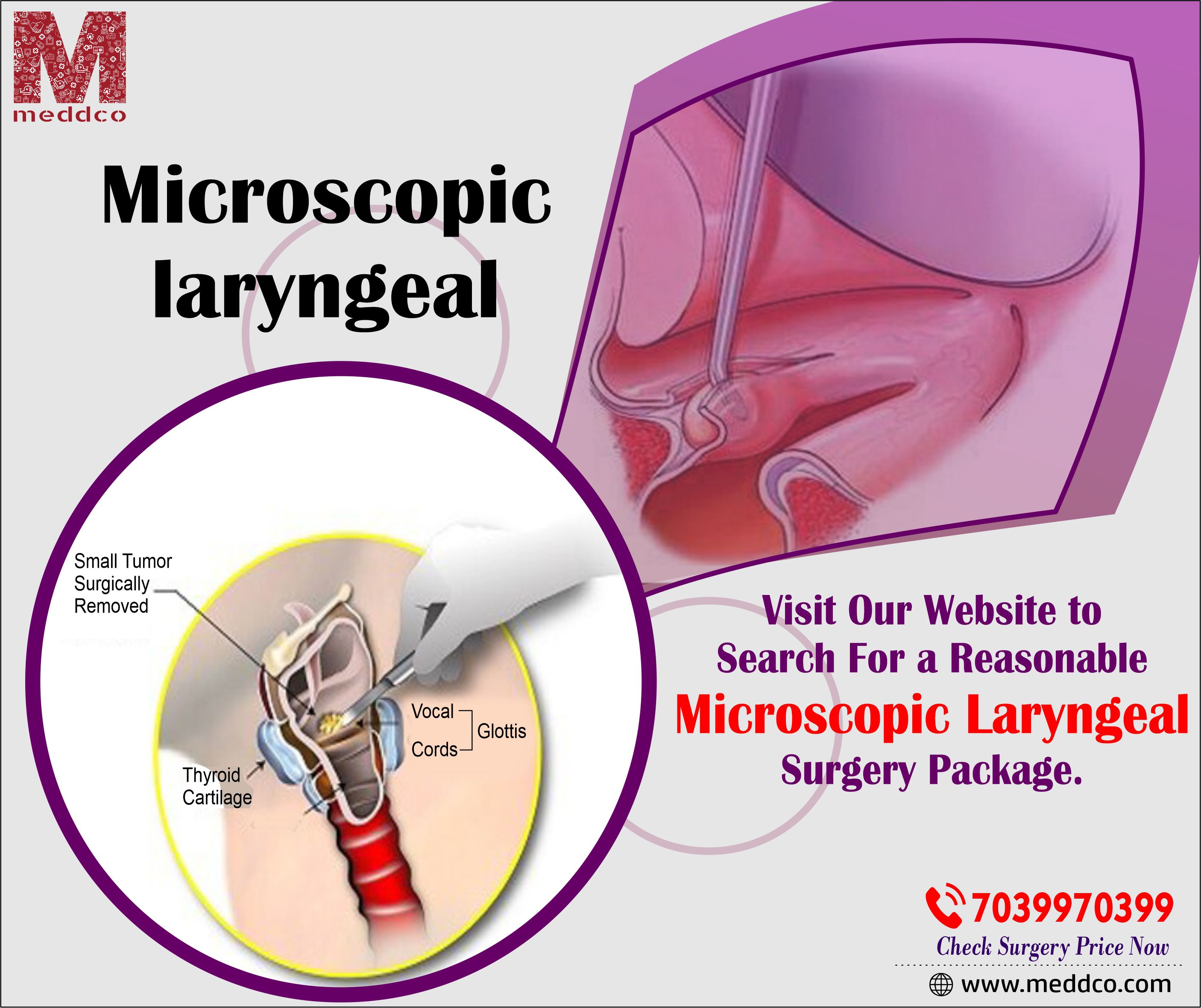

: Admin : 2022-05-05
A Gist on Microscopic laryngeal surgery
Microscopic laryngeal surgery or popularly known as micro-laryngeal or micro-laryngoscopy is a surgery of the vocal fold or commonly called the larynx.
This surgery is performed to remove the abnormal growths or benign cysts (granulomas) from the larynx, it's a less invasive procedure. This procedure is also employed in the detection of laryngeal cancer and also for the correction of vocal disorders.
The surgery is performed under general anesthesia. The recovery rate of Microscopic laryngeal surgery is more than that of traditional laryngeal surgery. This procedure is considered the best method for treatment of larynx-related problems and the outcomes of the surgery are also better than the traditional ways.
Reasons for larynx damage:
The larynx can be damaged by any means but the most common reason is vocal abuse, which arises due to prolonged shouting or loud speaking. If diagnosed at early stage surgery can be avoided but once the voice becomes hoarse or vocal cords began to experience inflammation then only surgery is the way out.
Symptoms observed in patients
The patients might experience the following: Throat pain while talking, the voice becomes hoarse, voice change, breathing is difficult, feeling that something is stuck down the throat frequently and inflammation in the throat.
Why Patients are recommended this procedure.
The surgical procedure:
Postoperative procedures:
Postoperative care that patients must follow:
Associated Risks:
The surgery is minimally invasive, there are negligible risks associated with this surgery but there are some small risks like some patients may show allergic reactions to the anesthesia, as the device is inserted via the throat at times the tongue becomes numb, there might be slight damage to the teeth as well if the patient has caps or fill-ins or if their teeth are not in good shape and some cases some lip damage is also reported.
This was all about the surgical process and a brief idea about the Microscopic laryngeal surgery, hope this information has been helpful.
microscopic laryngeal cancer treatment surgery vocal disorder
No Comments